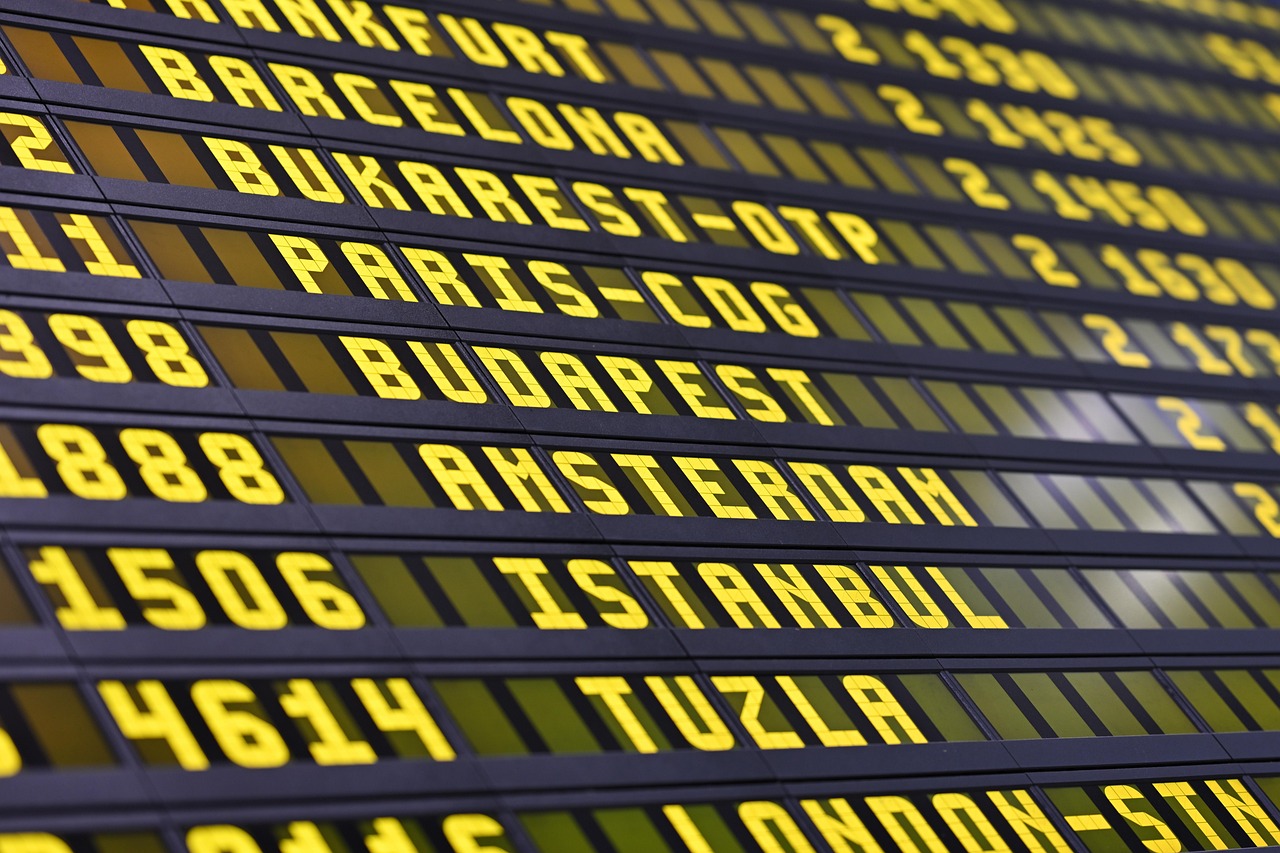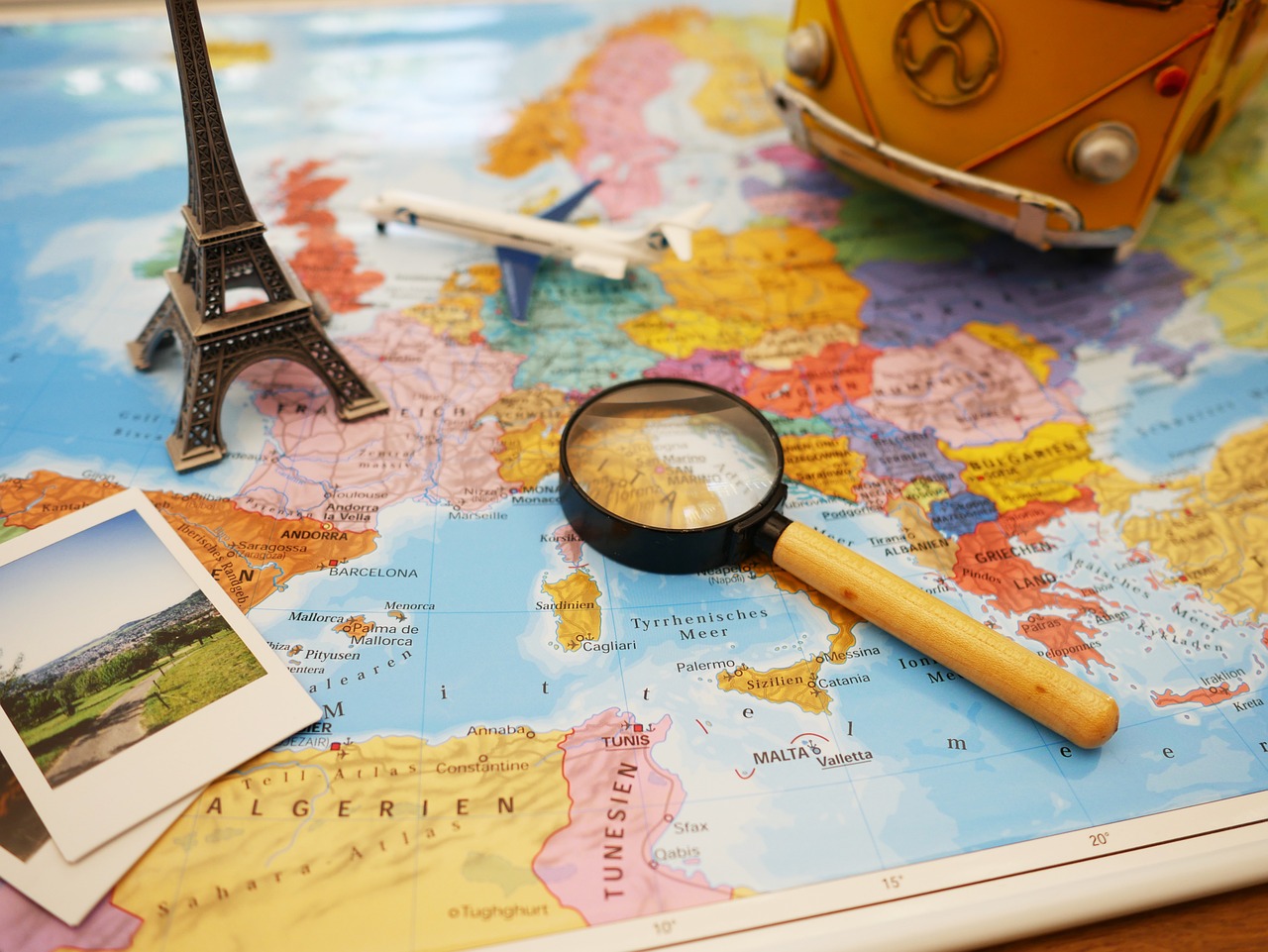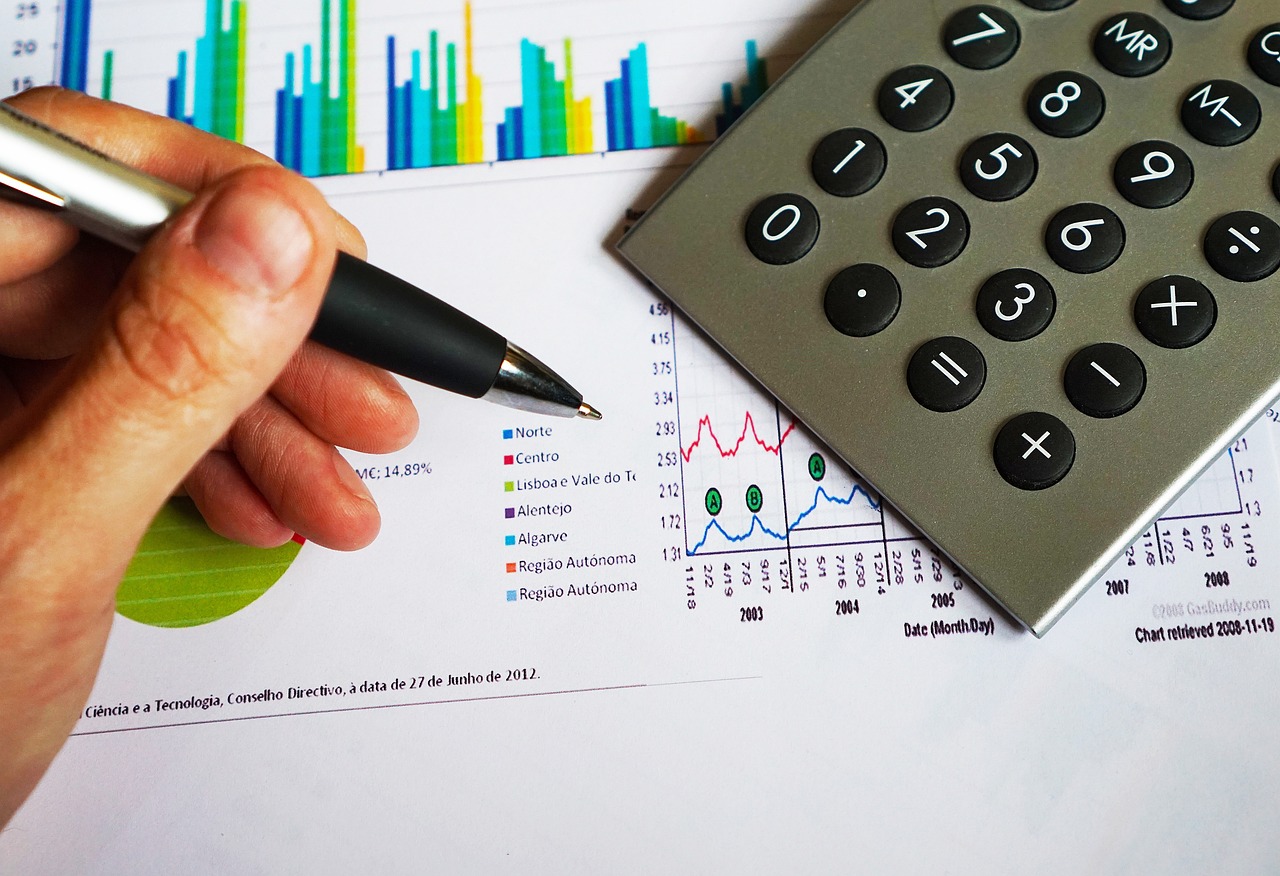Trip success greatly depends on timing as a fundamental factor. Travel outcomes vary based on choosing optimal seasonal periods combined with monthly and daily travel durations because these elements affect cost and traffic densities along with overall travel experiences. A number of travelers focus on destination choice but place too little emphasis on how seasonality together with local events and weather patterns affect their travel experiences. Travel destinations produce better experiences for visitors who tour during non-peak periods because they gain access to sites and experiences that exist beyond crowded tourist peaks.
Understanding Travel Seasons and Their Impact
Every travel destination has its own unique set of seasons which affect the number of visitors along with costs and options for experiences. Travelers who understand these three seasons will make better decisions. Peak season results in both numerous visitors and higher travel expenses. Travelers enjoy perfect weather and complete activity options but must pay higher prices and face extended delays.
People who value experiences more than their budget normally travel during this time. Shoulder season exists as a moderate option which combines reasonable costs with smaller crowds and pleasant weather conditions. Those who choose this time period generally need to avoid peak season chaos. During off-season travel, you can expect heavily reduced expenses but you will encounter unsteady weather conditions together with reduced activity options. The period suits budget-oriented visitors who are willing to compromise on their itinerary.
Timing Your Trip Around Local Festivals and Events
The art of planning a journey through the lens of local festivities and occurrences. While seasonality impacts travel experiences, festivals and holidays and major events create genuine travel experiences. Some people want to join these events but the other folks may want to steer clear of the crowds that come with them. A lot of places one visits have got their own yearly cultural celebrations which attract thousands of tourists.
There are various large festivals around the world such as the Carnival in Rio, the Oktoberfest in Germany and the Cherry Blossom Festival in Japan that make the atmosphere more lively and, at the same time, increase the prices of accommodations and airfare. There are not many people who know about festivals like the Naadam Festival in Mongolia or Yi Peng Lantern Festival in Thailand. Thus, visitors who are interested in an authentic experience and do not like many people should try to visit these regional festivals.
Weather Considerations and Seasonal Travel Risks
Weather plays a crucial role in determining travel experiences, some places are only accessible or enjoyable at specific times of the year. Certain locations such as the Caribbean, Southeast Asia and desert regions are difficult to visit at certain times of the year due to extreme climate conditions. Such conditions include hurricanes, monsoons or heat waves that can ruin travel plans. Caribbean, Southeast Asia and desert regions need prior planning to ensure safety. Winter destinations are famous for their own landscapes and activities but come with the downside of flight delays and rough road surfaces.
Arctic trips and high altitude treks are also best prepared for to ensure the safety of the travelers. Thus, knowing the weather conditions in advance can help travelers to steer clear of possible inconveniences and disappointments during the trip.
Strategic Flight Booking Based on Timing
Air travelers who know when to purchase their tickets along with understanding the best travel periods can save a significant amount of money.
Optimal Booking Windows for Flights
- Domestic Flights: The optimal time to book domestic flights ranges from one to three months ahead.
- International Flights: The ideal time to purchase tickets for international flights lies between four to six months ahead of travel.
- Holiday & Peak Travel: To get decent prices travelers need to book their flights up to nine months before the travel period.

Cheapest Days and Times to Fly
- The cost of midweek flights usually remains lower than weekend flights since travelers take Tuesdays and Wednesdays for their departures.
- The reason red-eye flights cost more is that they face less passenger demand throughout the night hours.
- Steer clear of weekend holidays since they lead to higher airfare.
Passengers who have flexible dates and flight times usually discover substantial reductions in airfare costs.
The Best Time to Travel for Specific Experiences
Some regions are better suited for certain activities at certain periods of the year.
The Great Migration happens between July and October which is the best time to go on a wildlife safari in Kenya and Tanzania. The whale watching seasons are from June to September in Iceland, Canada, and South Africa.
If you are interested in natural light spectacles, the Northern Lights are visible from September to March while the Midnight Sun is visible in Scandinavia and Alaska from May to August.
Travelers who prefer outdoor adventures should visit Machu Picchu during the dry season which is May to September and visit US National Parks in spring or fall to avoid large groups of people. This is because timing your trips to coincide with seasonal events is the way to see natural wonders at their best.
When to Walk the Budget Talk: How to Steer Clear of Price Hikes
Smart travellers keep an eye on prices by only travelling at specific times of the year.
Due to lower demand, prices for airfare and accommodations typically drop after the holiday season until March and after the summer until November.
This time of the year is also less populated with tourists, which makes the prices cheaper as major tourist attractions are usually more expensive during the summer, holiday weekends and school breaks. This makes it possible for travellers to save their money by not travelling during these peak periods.
Selecting the Ideal Time for Visits to Urban and Rural Areas
The tourism flow to urban destinations is tied to business operations and municipal activities. Places such as New York, London and Tokyo are most crowded especially during the year end and when there are conferences being held which means higher prices of accommodation. Rural and nature based destinations like Patagonia and the Swiss Alps are popular with seasonal visitors who come to hike in the summer and to ski in the winter. There is less congestion and cheaper prices but some facilities may not be in operation during the low season. It helps to know when urban and rural areas are most likely to be quiet or busiest to plan your schedule.
Through a thorough analysis researchers identified that travel timing directly impacts both cost and experiential availability alongside weather conditions and tourist crowds. Travelers who master seasonal patterns together with event frequencies and forecasting risks and booking rules will enjoy improved trip outcomes in terms of cost and satisfaction.
By picking the suitable time of year alongside monitoring price flights and combining travel dates with popular or natural events travelers can enhance their journey control. Through detailed planning travelers can create more valuable and cost-effective trips by steering clear of the typical pitfalls associated with ill-chosen times.


